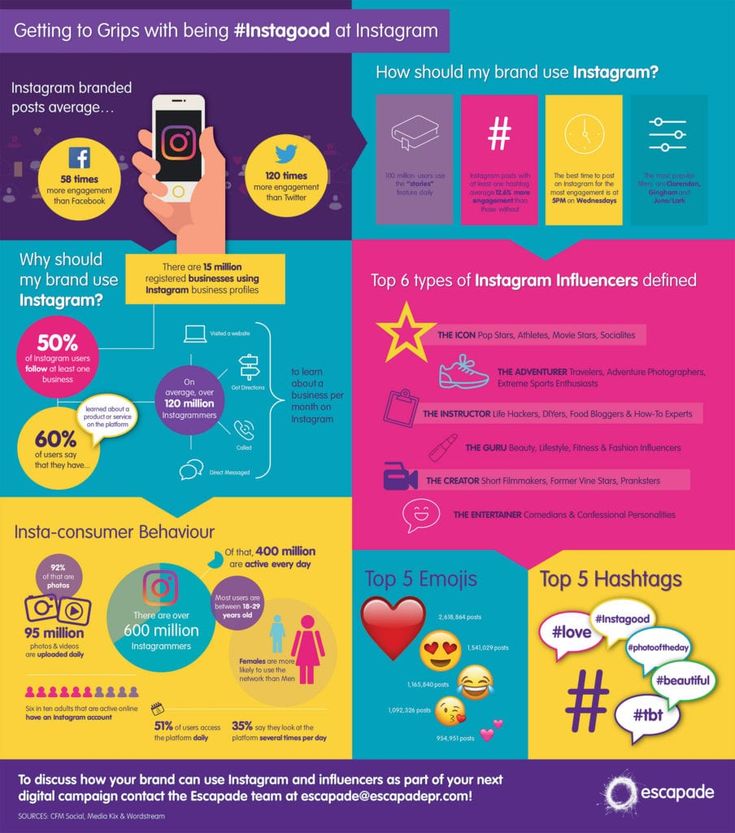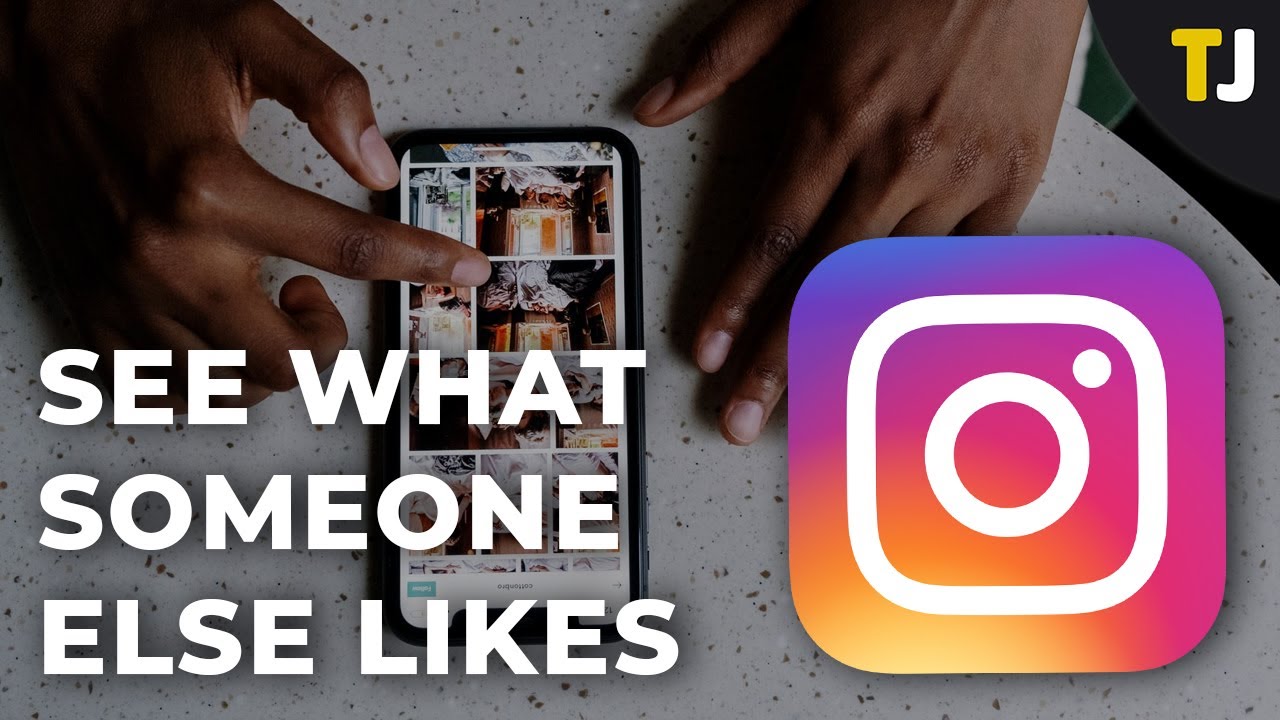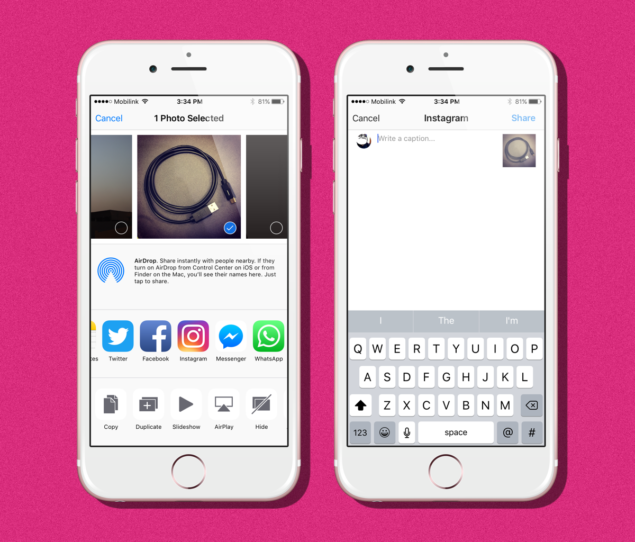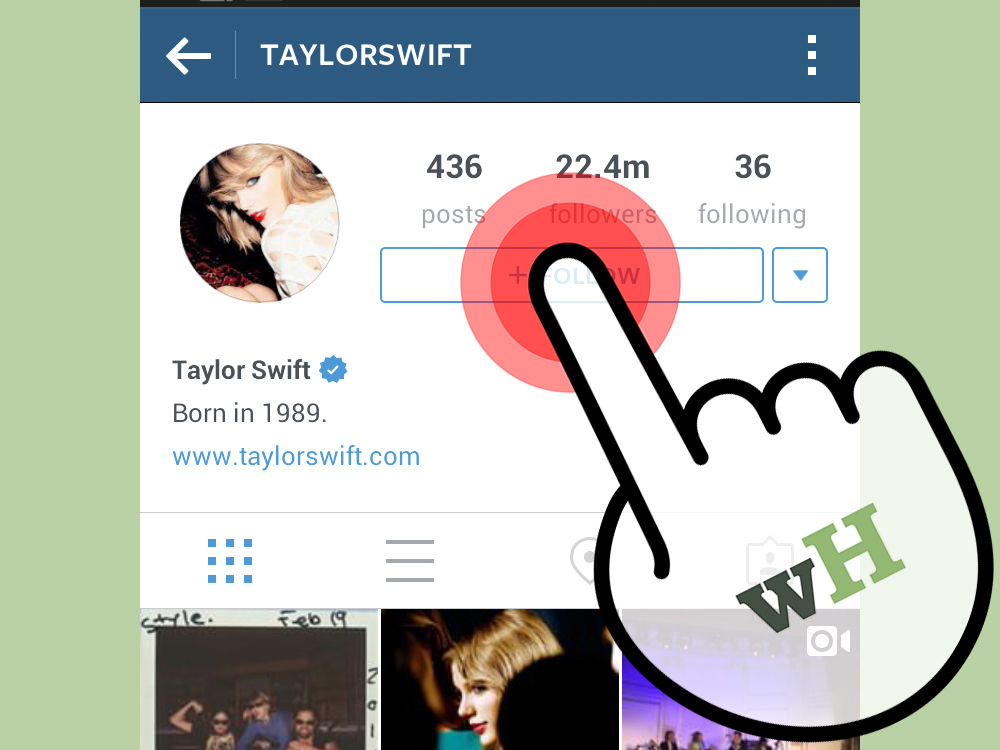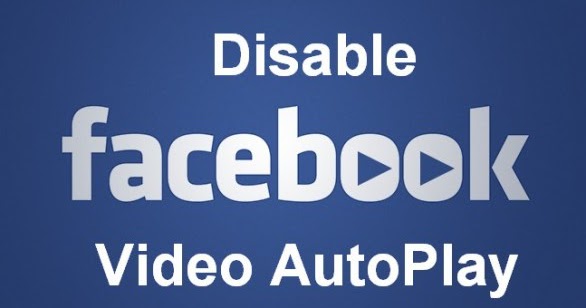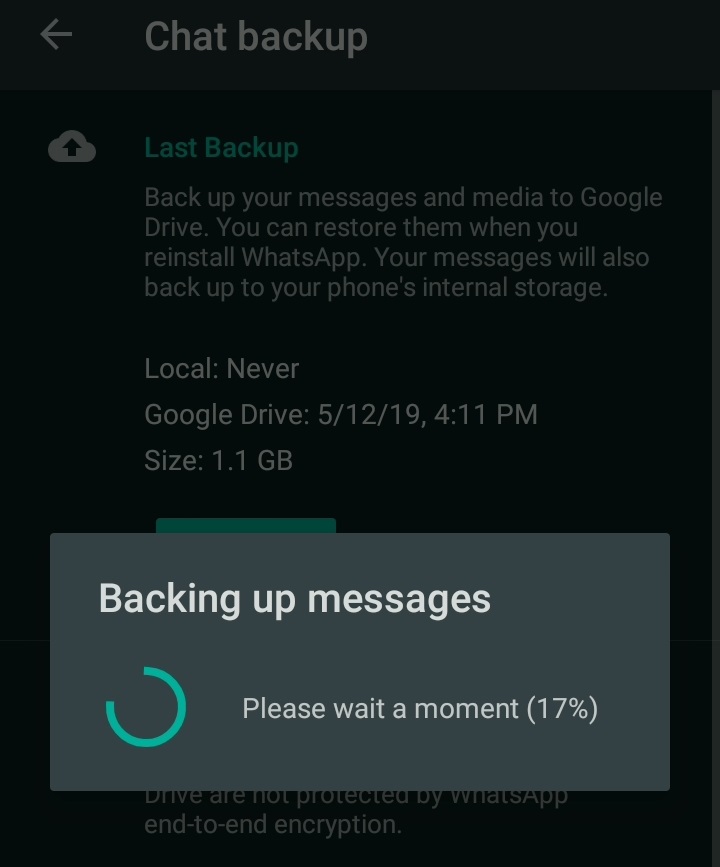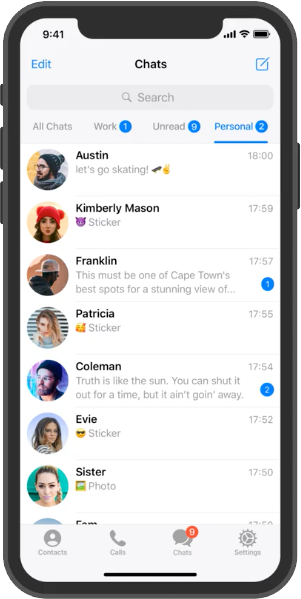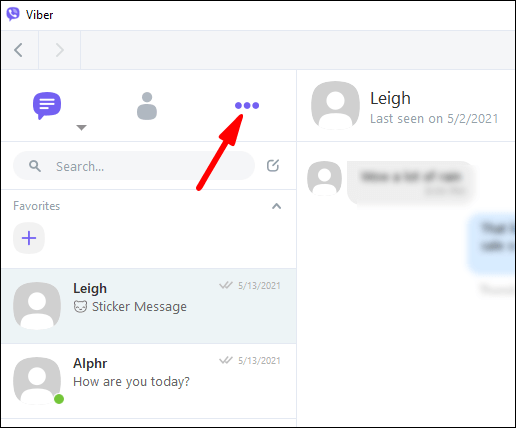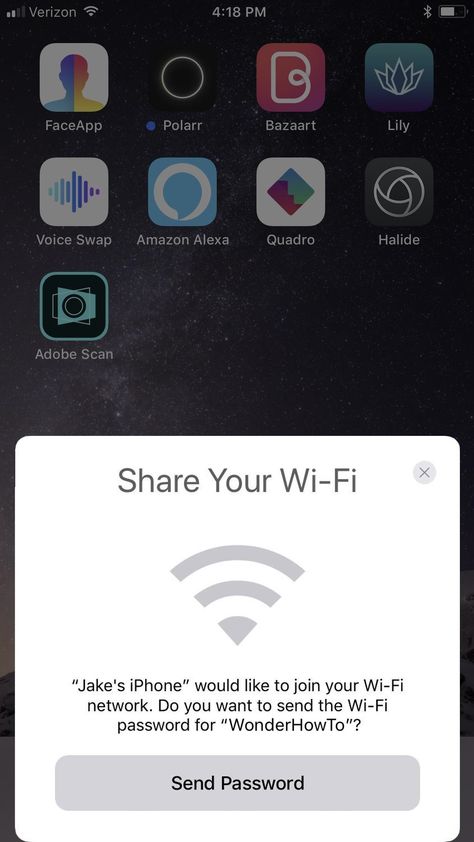How to use instagram less
7 Ways to Reduce Your Instagram Usage: Addiction Signs and Tips
Photo by Jeremy Levin on Pexels.comIt’s no secret that Instagram can be extremely addictive. With its bright colors, interesting content, and ability to connect with friends and family, it’s easy to see why so many people are drawn to it. However, Instagram can also be damaging to our mental health if we’re not careful.
In this blog post, we will discuss the signs of Instagram addiction, how to take a break from it, and some tips for reducing our usage.
Also read – 10 Productive Hobbies for College Students (2022)
Table of Contents
7 ways to Reduce your Instagram usage
It is a tricky situation as we want to stay on the app so we can be connected with our friends but we also want to be careful about the addictive aspects. Hence deleting your account is an extreme measure. So let’s look at some ways you can reduce your Instagram usage while still being socially connected –
1) Follow fewer people
Be mindful of the people you follow. If you are following too many people, it can be hard to keep up with their posts and Instagram can feel like a chore. Try unfollowing some people who post irrelevant content or don’t interest you as much.
2) Rearrange your home screen
One way to make Instagram less accessible is to move it further down your phone’s home screen. The ease of access is what usually starts the whole problem. Hence you can fill up your home screen with other productive apps and keep Instagram out of your sight. This will make it take longer to get to the app, which might discourage you from using it as often.
3) Mute notifications
This is an easy way to reduce the number of distractions that come with Instagram notifications. Go to your Settings > Notifications > Instagram, and check all the notifications that Instagram has access to send you. You probably see 25-26 different notification access it has while you probably need 3 or utmost 5 of them. So uncheck the boxes of notifications you don’t need.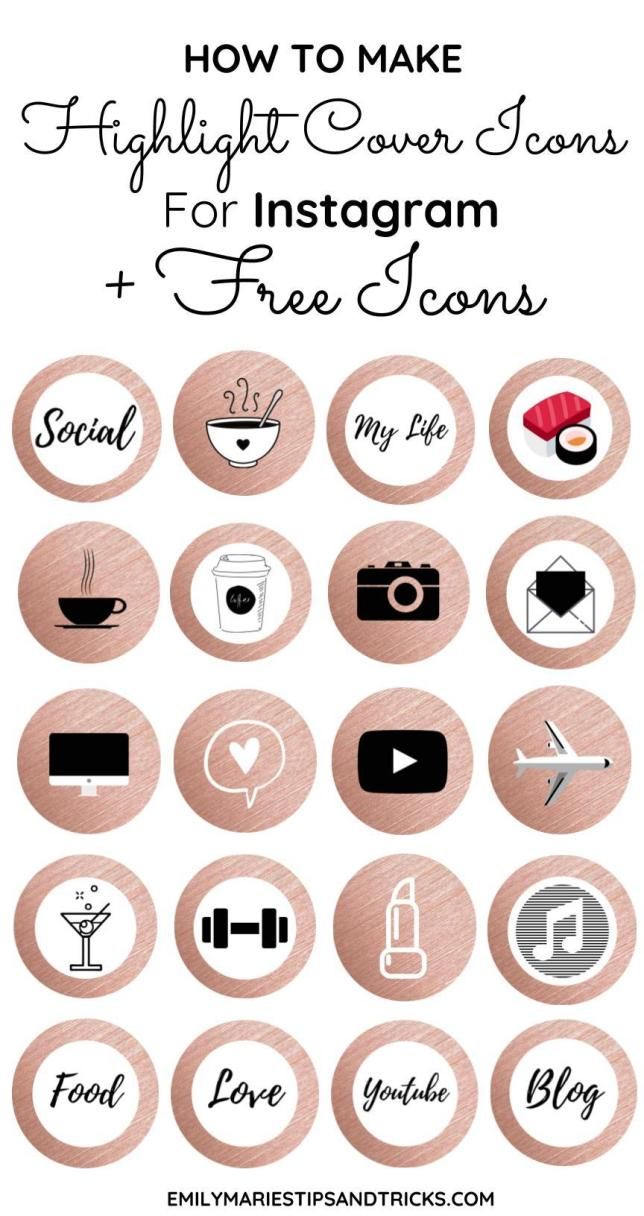
I would also recommend turning off other unnecessary notifications from other apps as well. The idea here is to reduce the number of times you pick up your phone overall.
4) Delete the app, use the web version on PC
The app version of Instagram definitely has more addictive traps as compared to the web version. You can always use the web version on your phone, but I would recommend taking a further step and limiting the usage to only your computer or laptop. This will take away the phone and put some roadblocks in between you and the platform.
You can go even further and use a browser extension like Newsfeed Eradicator. This extension will completely remove the posts and stories and give you access to only the DM’s, explore page, adding new photos, and the explore page. It will basically take out the most addictive aspects including reels that are not available in the web version.
4) Focus on your primary task
Most of us realize that Instagram is a problem when it starts to mess with our productivity.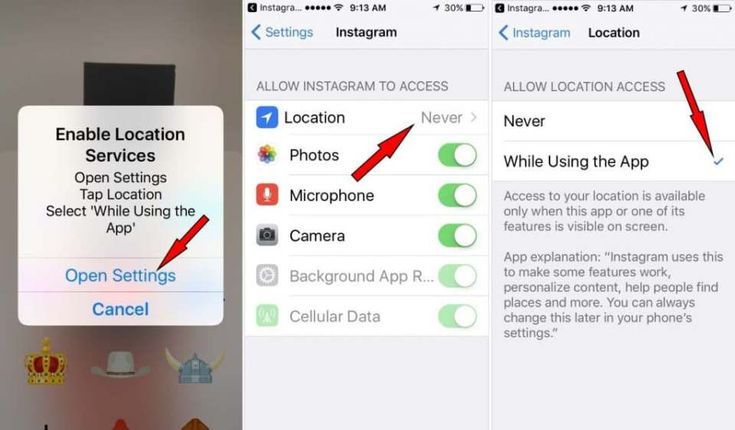 This starts slowly but if not careful it starts taking over your daily routine. It usually starts with a min 5 min break but ends up being a 30 min scrolling session. Hence it is important to identify Instagram as a distraction to your primary task and stay away from it, especially until you are done with your task.
This starts slowly but if not careful it starts taking over your daily routine. It usually starts with a min 5 min break but ends up being a 30 min scrolling session. Hence it is important to identify Instagram as a distraction to your primary task and stay away from it, especially until you are done with your task.
5) Don’t post solely for engagement metrics
Most of us are addicted to Instagram because it gives a sense of satisfaction. The more likes and followers we have, the better we feel about ourselves. To break this addiction, it’s important not to focus on the number of likes or followers you get. Don’t post anything just for the sake of getting likes and numbers. Unless you are running a business those numbers should mean nothing to you.
6) Set a time limit
The perfect time limit is a difficult question to answer because it varies from person to person. What might be excessive for one person may not be for another. A good rule of thumb is to try and keep your screen time within 30 – 60 minutes per day.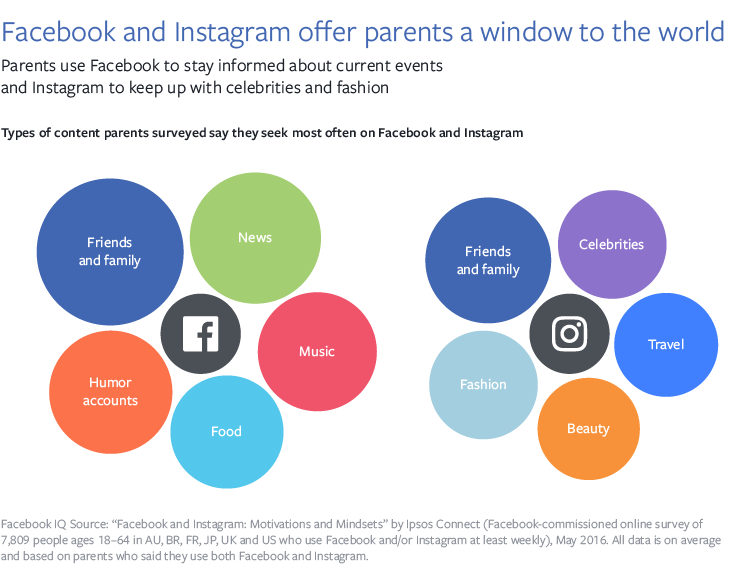 According to the study by JAMA Psychiatry, spending more than 3 hours a day on social media can have serious effects on mental health, so probably avoid that.
According to the study by JAMA Psychiatry, spending more than 3 hours a day on social media can have serious effects on mental health, so probably avoid that.
7) Take a break
If you find that you are struggling to control your usage, try taking a break from Instagram altogether. Delete the app from your phone or just stay away from it for a while. I’m sure your followers would not mind your short absence. The idea here is to take some time out to reevaluate priorities and make beneficial decisions accordingly.
Why is Instagram so addictive?
There are a number of reasons why Instagram can be addictive. Some of the main reasons include:
- Helps you stay connected – Instagram is a social media platform that allows us to connect with friends and family. This sense of connection can be addictive, as it makes us feel good, both mentally and emotionally.
- Instagram is a visual platform: We’re drawn to images.
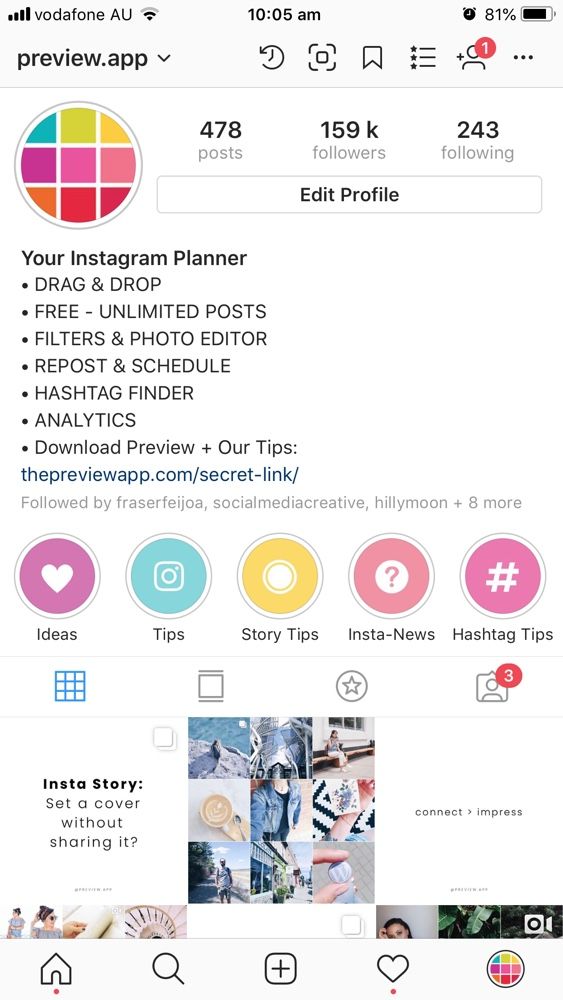 Instagram is a platform that allows us to see the lives of others through images. This can be addictive because we want to keep up with what everyone is doing.
Instagram is a platform that allows us to see the lives of others through images. This can be addictive because we want to keep up with what everyone is doing.
- It’s easy to use: Instagram is one of the easiest social media platforms to use. This makes it addictive, as we can easily scroll through our feeds without having to put in too much effort or thought into it.
- Fear of missing out (FOMO): Instagram can be addictive because it causes us to feel a sense of FOMO. We constantly want to know what’s going on with our friends and we’re afraid of missing out on important news or events.
- Provides validation: Instagram is a platform where people can post their photos and receive likes and comments from others. This validation can be addictive.
- Stories and Reels: These short-form photo/video content is specifically engineered to cater to the reducing attention span of people.
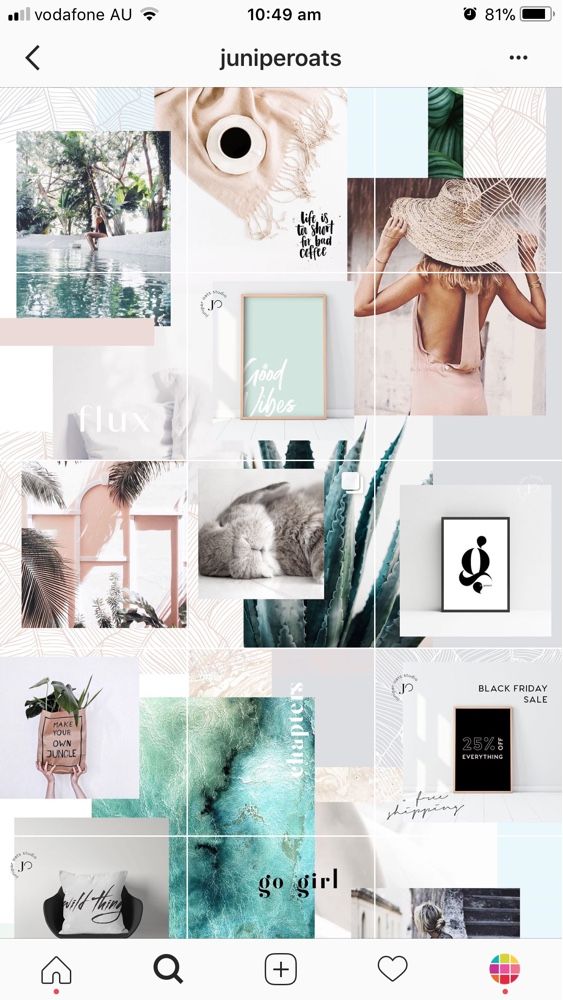 Especially in the case of reels, the videos shown are according to users’ likes and dislikes, which are tracked by the platform.
Especially in the case of reels, the videos shown are according to users’ likes and dislikes, which are tracked by the platform.
Signs of Instagram addiction
App developers in Silicon Valley have said Instagram social media platforms are created to have similar addictive properties as painkillers. Hence it’s always important to keep a check and be aware of your usage. These are some of the Instagram addiction signs you can keep your eye out for –
- Constantly checking for new notifications – While you are on the app scrolling away, you don’t really feel anything wrong at that moment. It’s usually when you put the phone down, you start feeling uneasy. This leads you to keep checking your phone, again and again, to see if there are any new notifications. Basically, a way to get back on the app.
- An unhealthy obsession with likes and comments – Instagram is a social media platform, which is the very basis of it.
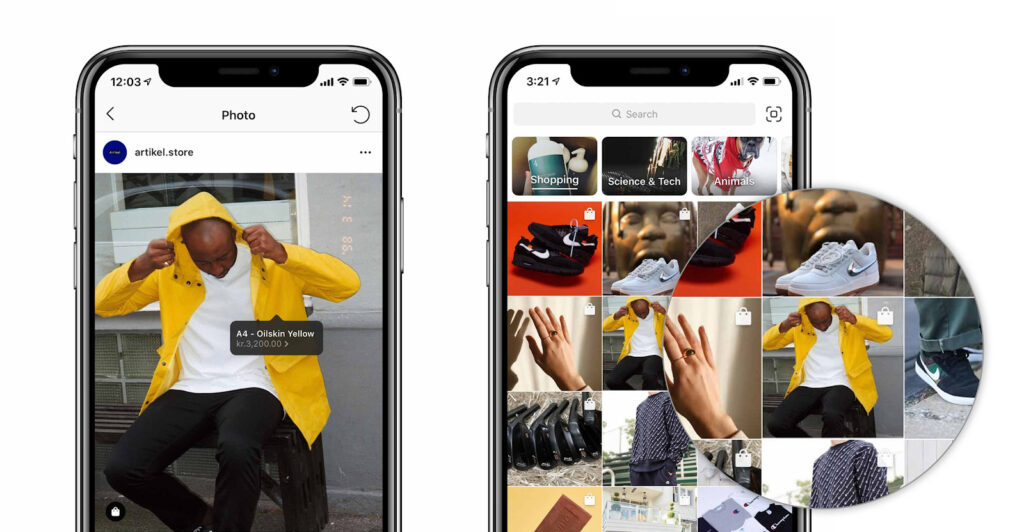 So, naturally, we expect likes and comments on our posts from our friends and family. However, if you start posting specifically for the likes and comments, start deleting content if the doesn’t get a certain number, or if it makes you excessively upset if there are none, then that’s not a good sign.
So, naturally, we expect likes and comments on our posts from our friends and family. However, if you start posting specifically for the likes and comments, start deleting content if the doesn’t get a certain number, or if it makes you excessively upset if there are none, then that’s not a good sign.
- Feeling of emptiness when not using Instagram – if you notice yourself feeling a certain way every time you have not checked your “feed” in a while and feel drawn to opening the app then that could be a sign of Instagram addiction as well. This can have serious effects on your productivity.
- Using Instagram to avoid real-life problems or issues – Instagram can be addictive because it provides a way to avoid real-life problems. For some people, Instagram is a digital escape where they can post photos and videos that make them look happy and perfect. This can be an unhealthy habit because it creates an unrealistic image of life that isn’t representative of reality.

If you’re experiencing any of these signs, it might be time for you to take a break from Instagram. Here’s how you can do it –
Conclusion
So, if you want to reduce your Instagram use, start by taking a look at the signs of addiction and tips for reducing usage. But remember that it’s important not to beat yourself up about this or anything else. It takes time to figure out what works best for us individually so be patient with yourself as you explore these ideas and find ways that work well for you!
If you find that you are struggling to stick to this limit, try some of the above-mentioned methods to stay within limits. Also, be sure to take breaks from your screen often. Get up and move around, or just take a few minutes to focus on something else.
If Instagram is becoming an addiction for you, it might be best to take a break from the app altogether. We use Instagram to stay in touch with our friends and family, which makes it tough to let it go. But, it is important to remember that Instagram is not the only way to stay in touch. There are plenty of other ways to communicate with people.
But, it is important to remember that Instagram is not the only way to stay in touch. There are plenty of other ways to communicate with people.
The more we understand our brains, the better equipped we are at making sure they stay healthy and happy – including when it comes to Instagram. What other thoughts do you have on how people can minimize their own personal stress from social media?
Do you have any other tips for reducing Instagram usage? Let us know in the comments!
You Can Make Instagram Less Addicting, If You Want
By
Khamosh Pathak
Comments (6)Alerts
We may earn a commission from links on this page.
Photo: Worawee Meepian (Shutterstock)
It’s not easy to quit Instagram—and you probably don’t even want to completely quit the app. The memes, updates, and reels are important to you, after all.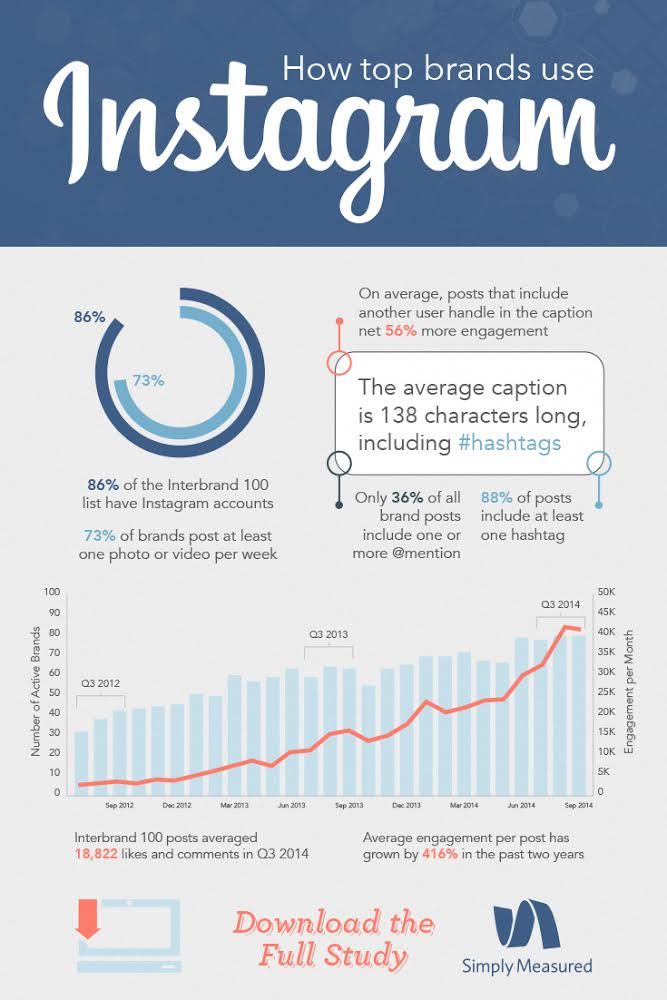 But many of us could do with spending a little less time on Instagram.
But many of us could do with spending a little less time on Instagram.
If you feel like your Instagram usage is spiraling out of control (or you just want to dial it back a bit to a more reasonable level), here are a few of tricks you can try.
Use the Threads app to escape the Instagram feed vortex
The real secret to spending less time on Instagram, is to use a separate app from Instagram altogether. The Threads app (on Android and iPhone) was designed to help you stay in touch with your Close Friends list, but it’s evolved to be more than that.
You can think of Threads as an Instagram DM app. You’ll get access to messages from all your close friends and your DM list, plus any posts that people share over DM. So you can still have your meme and heart it, too.
You can also view the Stories from individual profiles—but that’s about it. The whole idea is to check in quickly and then bounce right back out.
Create time limits—and actually stick to them
Setting a timer can help you spend less time on Instagram, and you can approach this method in two ways. You can let Instagram alert you that you have spent your daily allowance, or you can use your device’s screen time feature to block Instagram after your time is up.
You can let Instagram alert you that you have spent your daily allowance, or you can use your device’s screen time feature to block Instagram after your time is up.
To set an alert for yourself, go to your profile in the Instagram app, tap the Menu button, and choose Your Activity. In the Time section, use the Set Daily Reminder option to set a time reminder.
How to actually block Instagram after a set amount of time will vary depending on the type of smartphone you have. If you’re an iPhone user, set up the Screen Time feature with a time limit for Instagram. If you’re using Android, try out the Digital Wellbeing feature. (If your Android smartphone doesn’t have the Digital Wellbeing feature, use the ActionDash app to replicate the functionality.)
Use the web app for a crappier experience
One way to reduce your time on Instagram is to put some roadblocks—and Instagram’s mobile website is a pretty good roadblock.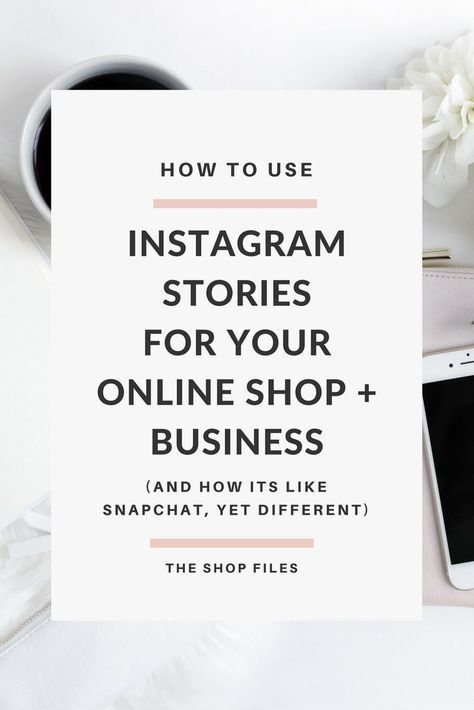 The website is not the most stable, and it lacks some features, particularly when it comes to editing Stories.
The website is not the most stable, and it lacks some features, particularly when it comes to editing Stories.
On the flip side, you get access to all the major features in the web view. You can read all your messages and get access to the entire feed. But what’s great is that videos don’t auto-play, and there’s no Reels section for you to get lost in for an hour. Plus, opening the Instagram website in a browser is an added (annoying) step, and that’s an additional roadblock.
Limit your Instagram use to your computer
Another trick for spending less time on Instagram without full-on quitting is to have device separation. In other words, simply don’t use Instagram on your smartphone or tablet.Restrict use just to your computer (using the Instagram website).
If you restrict your use this way, you force your Instagram usage to be intentional, which makes you much less likely to spend hours scrolling through your feed when you’re too lazy to get off the couch.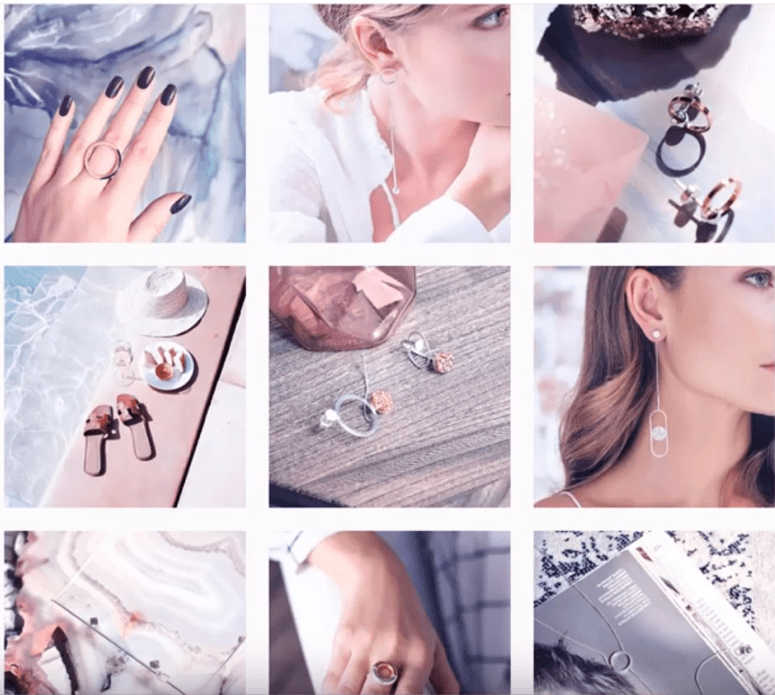
Stop notifications from sucking you in
Instagram is really good at getting your attention—especially through notifications. It could be something as simple as a friend posting a new Story, someone going live, or the fact that your new post has oh-so-many likes. You decide to tap the notification to see the content when you have a minute, and then you end up spending a lot of time than intended scrolling through your feed. So what can you do about it? Disable notifications entirely.
Go to Settings > Notifications to customize your notifications. You can pause notifications for a while, or you can individually configure notifications for DMs, new followers, posts, stories, comments, and more (but less is better).
Quitting Instagram Addiction
I took off Instagram for a month to focus on writing my first book, but ended up getting a lot more.
It took me a while to remove it. Several months, to be exact. I knew a break was needed. I spent too much time looking at other people's lives instead of taking care of my own.
I spent too much time looking at other people's lives instead of taking care of my own.
But I was looking for excuses.
It was my digital album. Would anyone want to contact me? What if my followers leave? And the worst thing: what if I miss something?
I have tried many ways to spend less time on the phone. Something helped, but I still felt an irrepressible craving for him. I picked it up whenever I had a free moment, or when I wanted to get away from problems.
When I finally clicked on the little "x" and uninstalled the app, I had an instant sense of relief. Here are a few observations I've made while offline:
Heightened perception
At first, I still perceived some life moments through the prism of a social network. When we were doing something fun as a family, the kids said something funny, I listened to a good podcast or I got inspired, I thought about putting it on Instagram. But the desire quickly faded, and something better came in its place.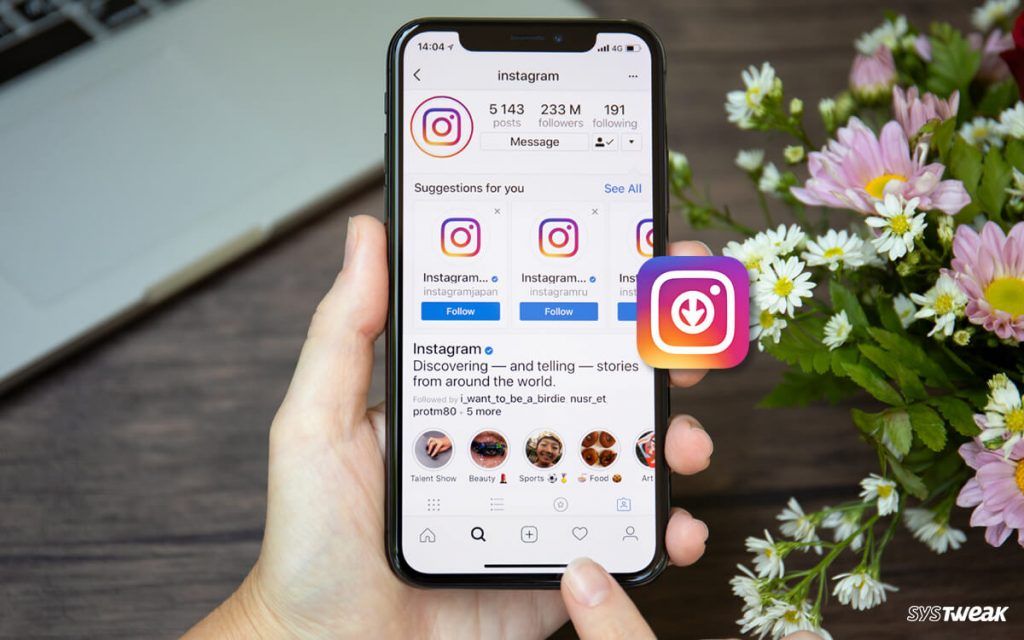
I started to take more interest in these moments. I saw them for who they really were, not what they would look like on Instagram. I enjoyed them not because they would make a good photo or "it's worth sharing", but because they were living history. I lived those moments more deeply, perceived them more acutely. I entered them into my memory, not into my phone.
over creation , under consumption
could hone my craft if I didn’t get distracted by Instagram, which took up my time and cluttered my head?
I looked for rare moments of inspiration that seemed to be overshadowed by various things that took up space in my head, including Instagram.
These four weeks without a social network, I was much more productive than the last three years. When Instagram stopped looming on the horizon, moments of inspiration began to come much more often. And this inspiration was connected not only with the book, but also with children, friends and my other creative projects.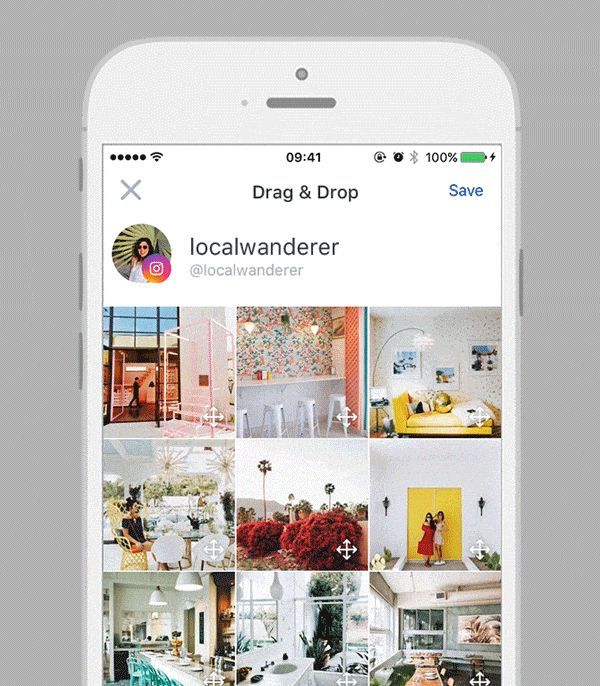
When we are on Instagram (and other social networks), we think we are doing something, but an hour later we remain in the same place. It's so easy to get stuck in consumerism and forget about creation.
Self-affirmation
Shortly after I deleted Instagram, I was overtaken by a strong sense of insecurity, to the point of having an emotional breakdown. It was strange, because it seemed to me that the rejection of the social network should have a positive effect. Then I realized two things:
First, I did not share photos and thoughts with the world and, accordingly, did not receive a return: almost instantaneous recognition in the form of likes, comments and new subscribers.
Second, I didn't use social media to distract myself or escape my feelings and reality. I had to experience and live impressions more deeply. It was a kind of alarm clock that seemed to hint to me how strong the need for this escape was in me.
I learned a valuable lesson by remembering again what it is like to experience the full range of emotions and maintain self-esteem on my own, instead of relying on external sources.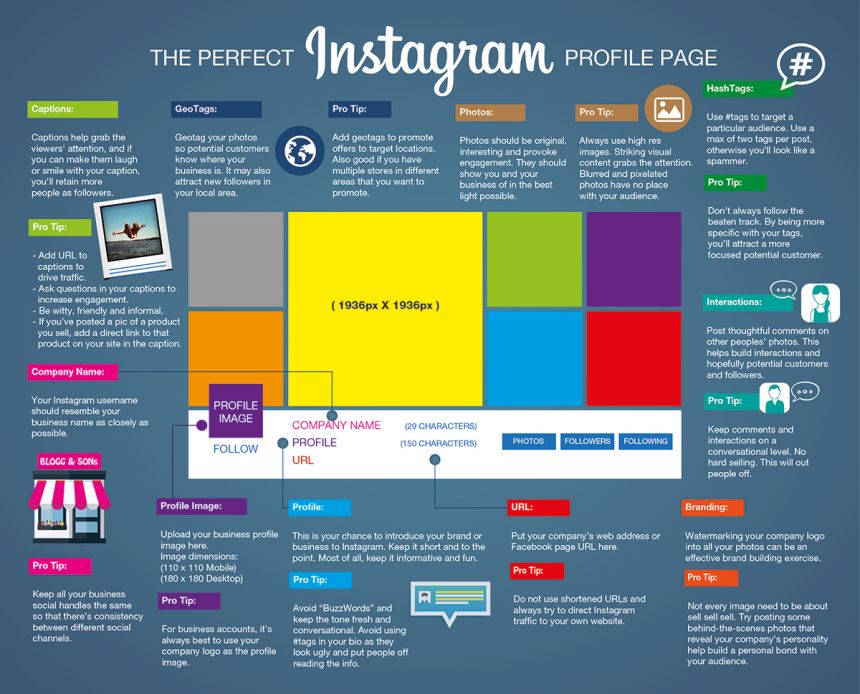
Feeling of wholeness
Modern women sometimes feel like they are being pulled in different directions. The social network only stirs up passions, because we see what others are doing and compare (albeit subconsciously) our situations and decisions. It's overwhelming. I think our brain is about to go into hysterics at the sight of such an abundance of information.
Life is not about spying on what other people are doing, what their house looks like, what their hair looks like, where they go on vacation, and what their children are into. Also, we do not need to listen to other people's advice (even good ones) about everything that happens under the sun. It clouds our intuition and sanity. This distorts our own point of view on how to live and raise children, how to become a successful beautiful woman, wife and mother.
Motherhood without regrets
Since I recovered from my Instagram addiction, I have been spending more time with my children. This is how I want to spend all the years, while they are still small and dependent on me. However, this will not happen until I learn how to consciously use the social network. I want to be a clear example for them that life and communication should always be put above technology and social networks.
This is how I want to spend all the years, while they are still small and dependent on me. However, this will not happen until I learn how to consciously use the social network. I want to be a clear example for them that life and communication should always be put above technology and social networks.
Look for balance
I'm back on Instagram. Only this time I'm acting differently because I know how much more peaceful, free and happy life becomes when I'm not on my phone. Now I cherish the moments I spend with my family. If I go to Instagram, then for a short time, and on the weekend I delete the application altogether.
I don't think the social network is evil or something we should all give up. It has a lot of good things, and I like to communicate there. I admire my friends who were able to develop their hobby and now support their families on the income from it. But for me personally, gatherings on a social network are not worth the time and effort spent.
While social media can be a useful tool, it will never provide the variety, happiness, and emotionality of real life. All this can only be given by relationships. Real impressions. In simple everyday moments, in thoughts and inspiration. There is no need to be afraid that we will miss something in the world of social networks. It's much scarier if we miss something in the real world if we spend too much time on the phone.
If you find a mistake, please highlight the text and press Ctrl+Enter .
Minimalism as a lifestyle
Principles of Minimalism
1. No unnecessary things It doesn't mean that you don't need things at all. Only unnecessary things. 2. Learn to highlight the important What is most important to you?
12/17/2015
Minimalism as a lifestyle
7 habits to deal with clutter
Maintaining order and freeing the apartment from unnecessary rubbish is not as difficult as it seems. Here are seven habits that will help you forget about the clutter.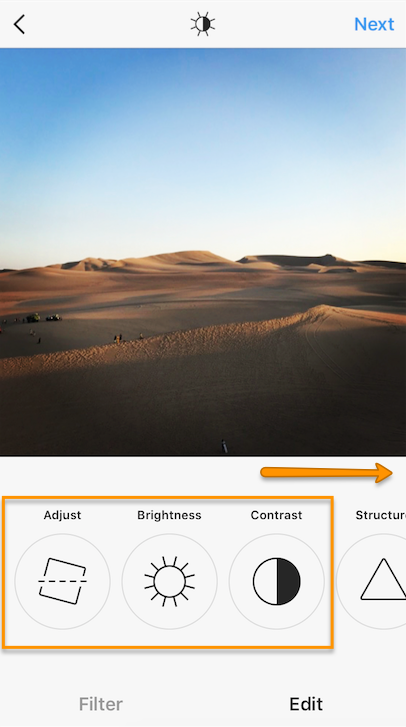 The best way to support
The best way to support
01/02/2016
+1 hour per day. Or how I got rid of Instagram addiction in a week - Personal experience on vc.ru
How to change your habits, just knowing a little more how the brain works. Personal experience of getting rid of stupidly scrolling the feed, stories and recommended on Instagram for 1.5-2 hours a day.
7055 views
About me
My name is Ruslan. I work as a junior UI/UX designer at a cool software development company in Akademgorodok, Novosibirsk.
For those who do not know what this area is about, then roughly speaking:
- UI (User Interface) - how to make an interface for a mobile application / service / site, etc. pleasing to the eyes of users
- UX (User experience) is to make it convenient for the user to use the application. Work with experience, behavior patterns and habits of the user.
My task, in addition to understanding the client's business interests, is to know how to make the product better and more comfortable for the user.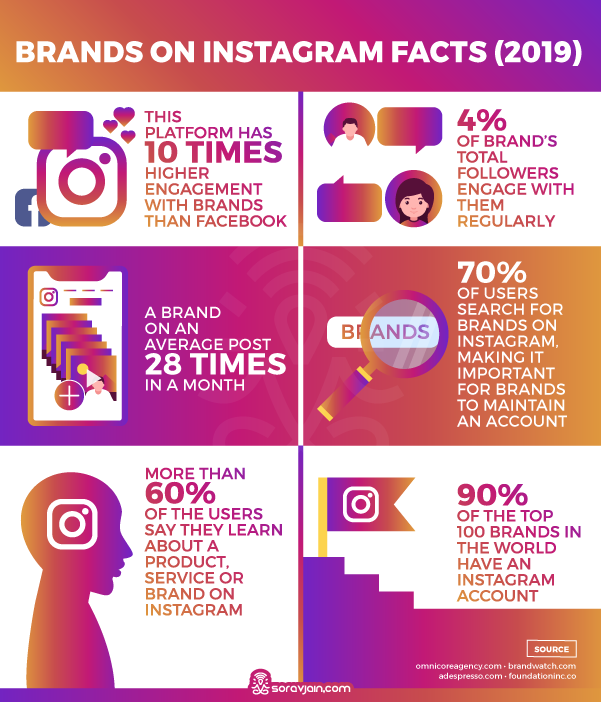 Therefore, lately, I have been enthusiastically studying the topic of human habits. How to implement them correctly; how to get rid of unnecessary ones, the work of willpower and the brain, and so on ..
Therefore, lately, I have been enthusiastically studying the topic of human habits. How to implement them correctly; how to get rid of unnecessary ones, the work of willpower and the brain, and so on ..
At the same time studying habits, I spent an average of about 2 hours a day on Instagram, considering it to be my bad habit that I need to get rid of. Some will say a lot, some will say a little. But I feel sorry for wasting the most valuable resource in this way.
What helped
After reading another article on the Internet on the topic of keeping the user's attention, a link to it will be at the end. Retention - as one of the main metrics for the success of any product. I learned tricks like Instagram, TikTok, FB, VK, etc. apps make us go into them and spend time there.
One of them is being in the most accessible area of the phone and constantly (as a rule) before the eyes of users of the application icon. How often have you fallen into the story feed when you wanted to. for example. see the weather or just take the phone in the search to take your free time.
for example. see the weather or just take the phone in the search to take your free time.
So, having removed Instagram from the bottom tabbar to another empty screen, I decided to try this experiment myself and the effect was already visible in a day, when the statistics showed half the time per day. To be honest, the next day after the start, I was less willing to go to Instagram once again, and then being online for 10-15 minutes in a row gave discomfort due to the time spent on absolutely unimportant information.
A true designer (which is who I try to be) is not allowed to rely solely on his or her opinion and experience in order to improve the quality of a product or research. For my research, a respondent was required. On the third day, I told my brother about this experiment, knowing that he has 1 hour 56 minutes a day, on average for the last week he spends on Instagram. My brother said he had exactly the same effect a day after starting. Bingo, 100% hit. It is clear that the sample is small, but the study is field, high-quality.
So here is a visual proof of my results. Unfortunately, I blunted and did not take a screen on the first day, 1 22 is already the third day. On Saturday in the first chart you see, "Saturday = 4 hours per day, I spent on Instagram, this was the critical point when I realized that I was overkill, it's time to start"):
Summary of experiment
Before - 1 hour 22 minutes per day.
After - 23 minutes a day.
I don't pretend that this will help you. But, if you, like me, think about the time spent consuming / imposing / attention with a lot of garbage information, then I just share this with you.
Sometimes it's interesting to get to know your internal processes and begin to control them, and not be "hooked" by people who know us better than ourselves. A simple knowledge of psychology and your attention as a valuable resource, because advertisers are hunting for it and are ready to pay huge sums of money for it, flies to the one who managed to attract it.